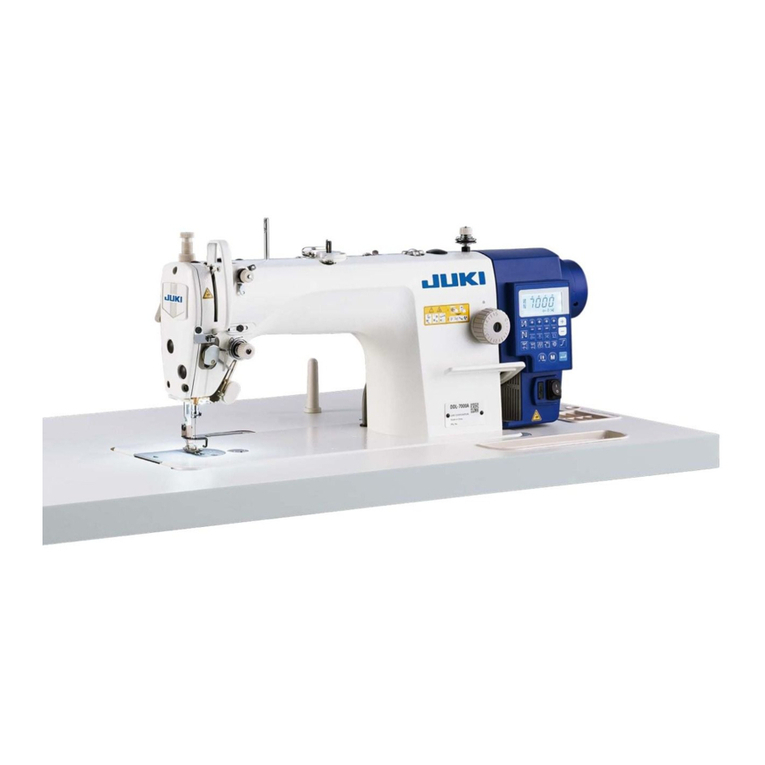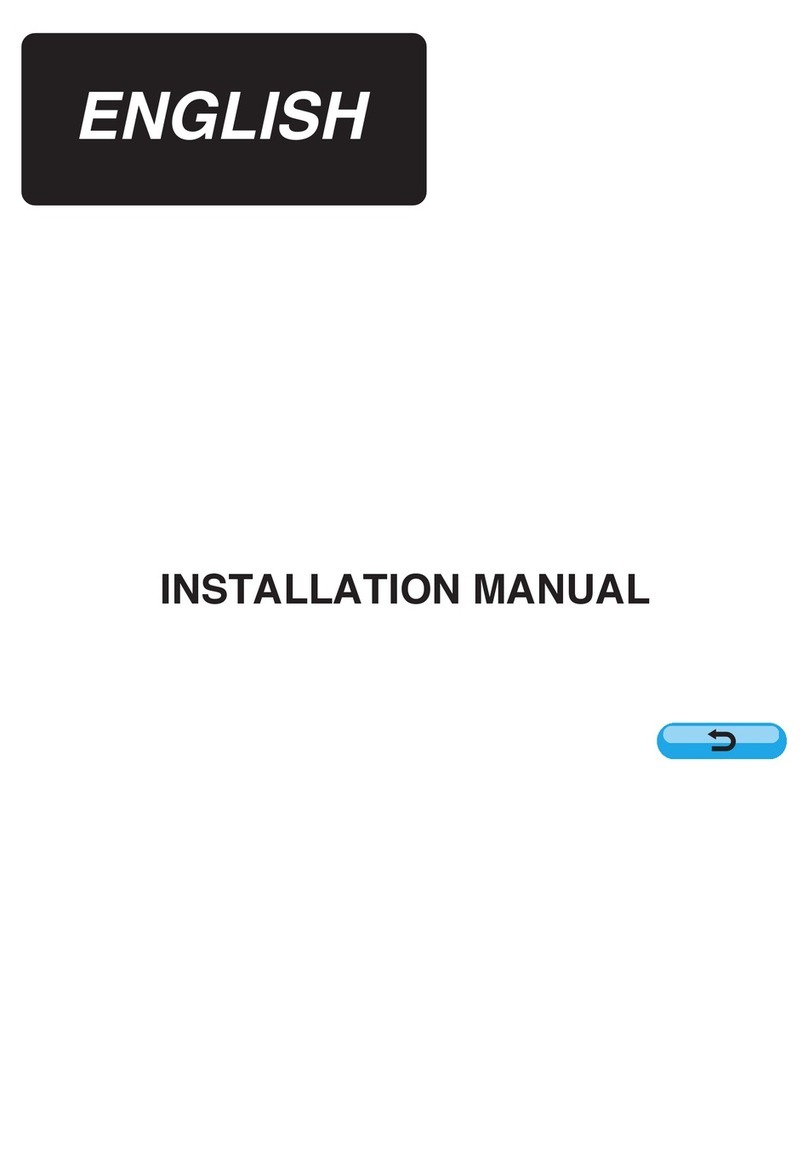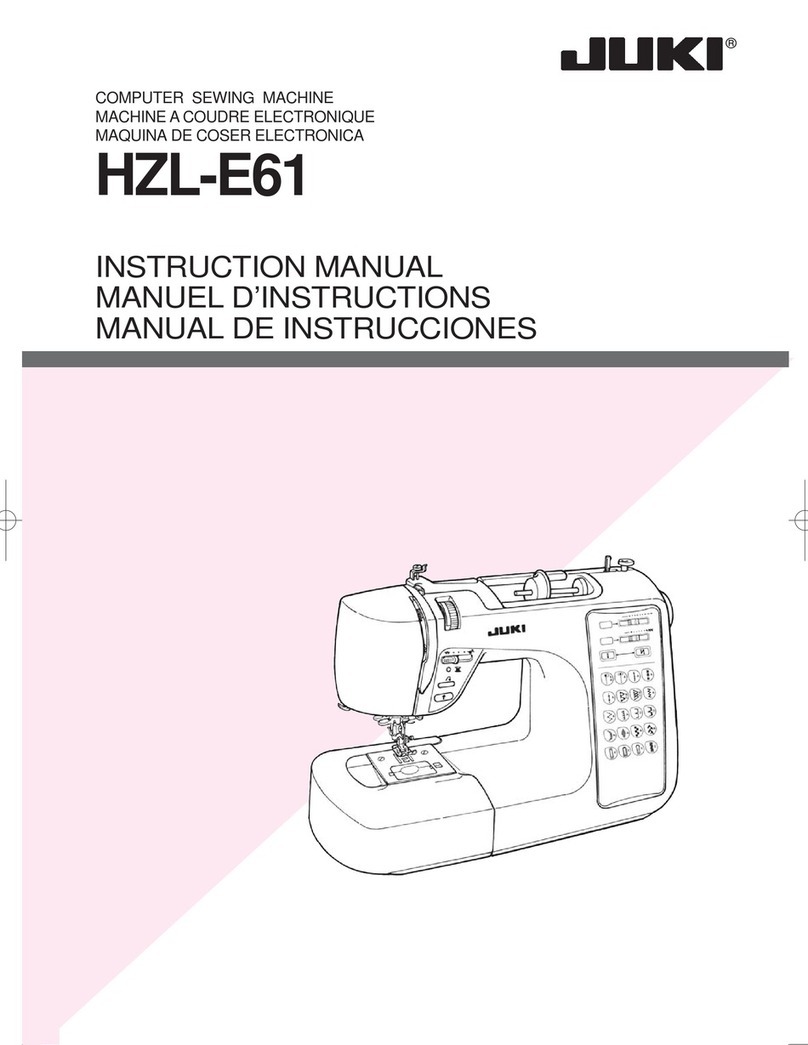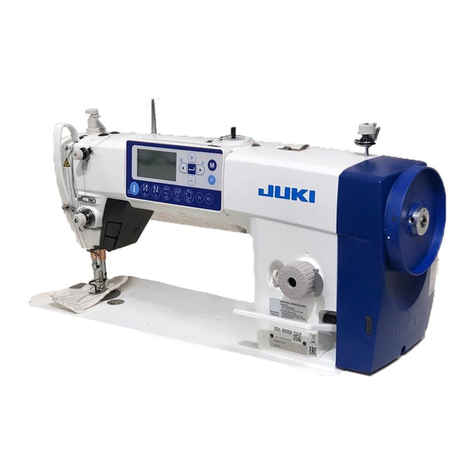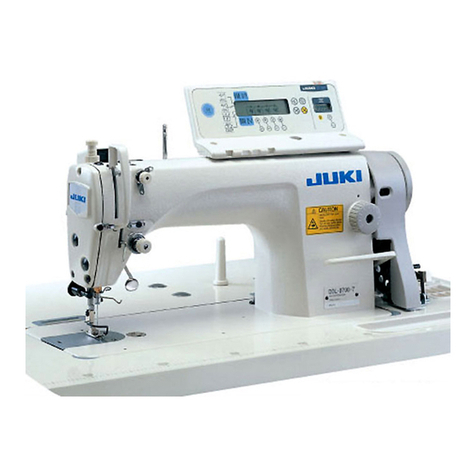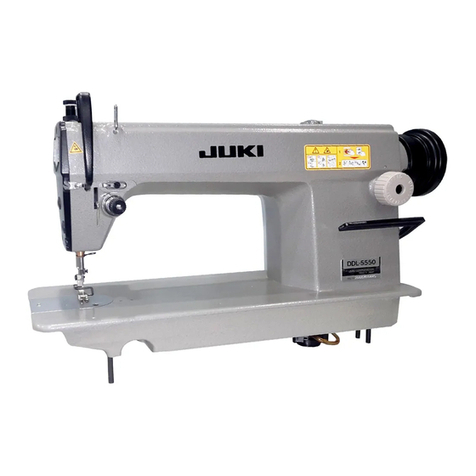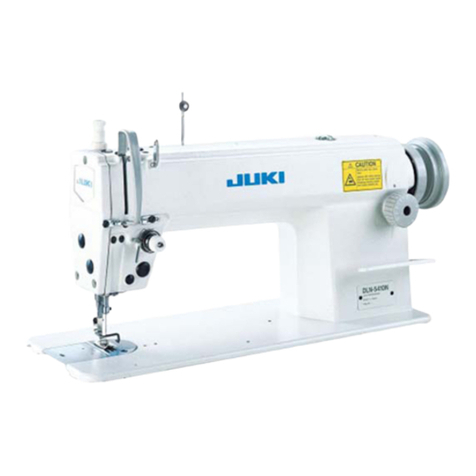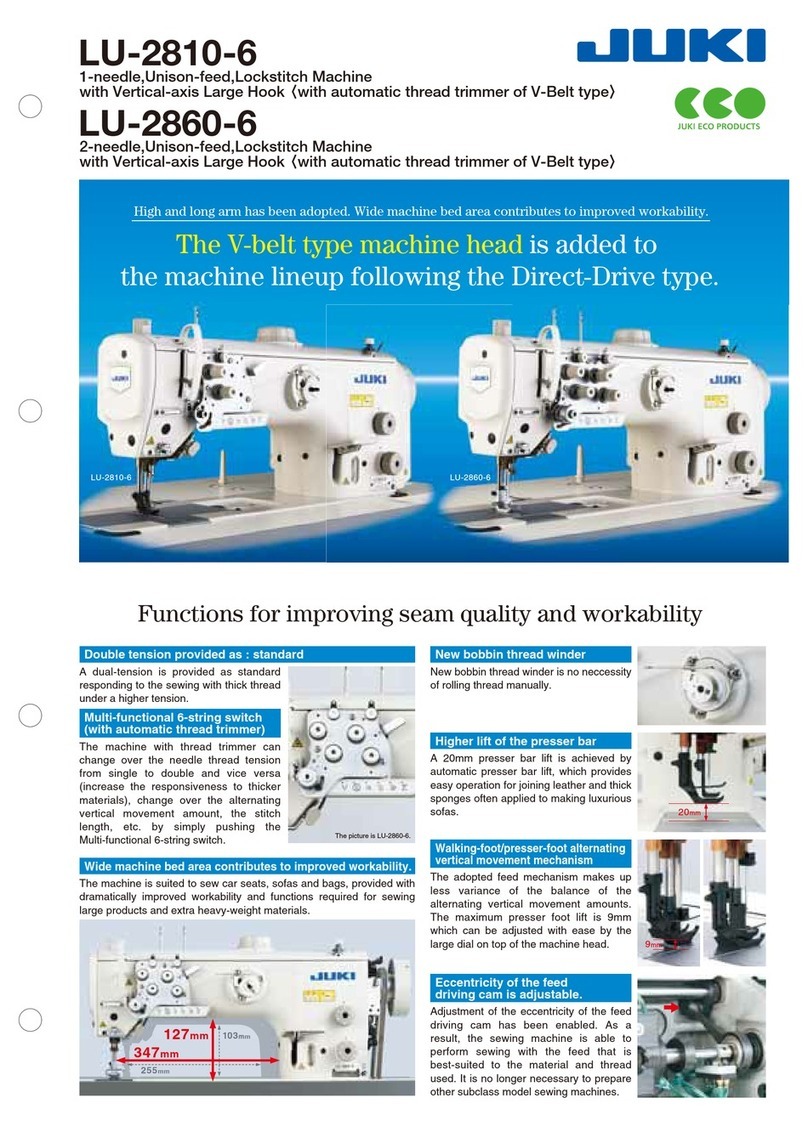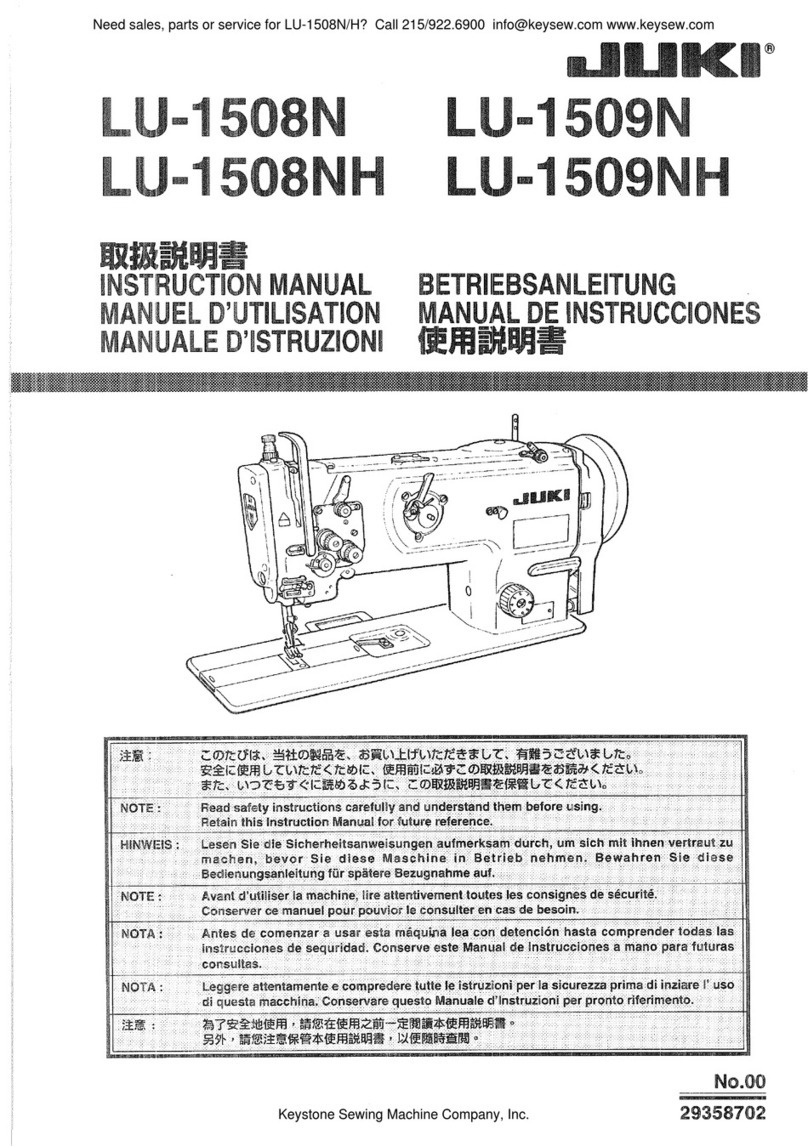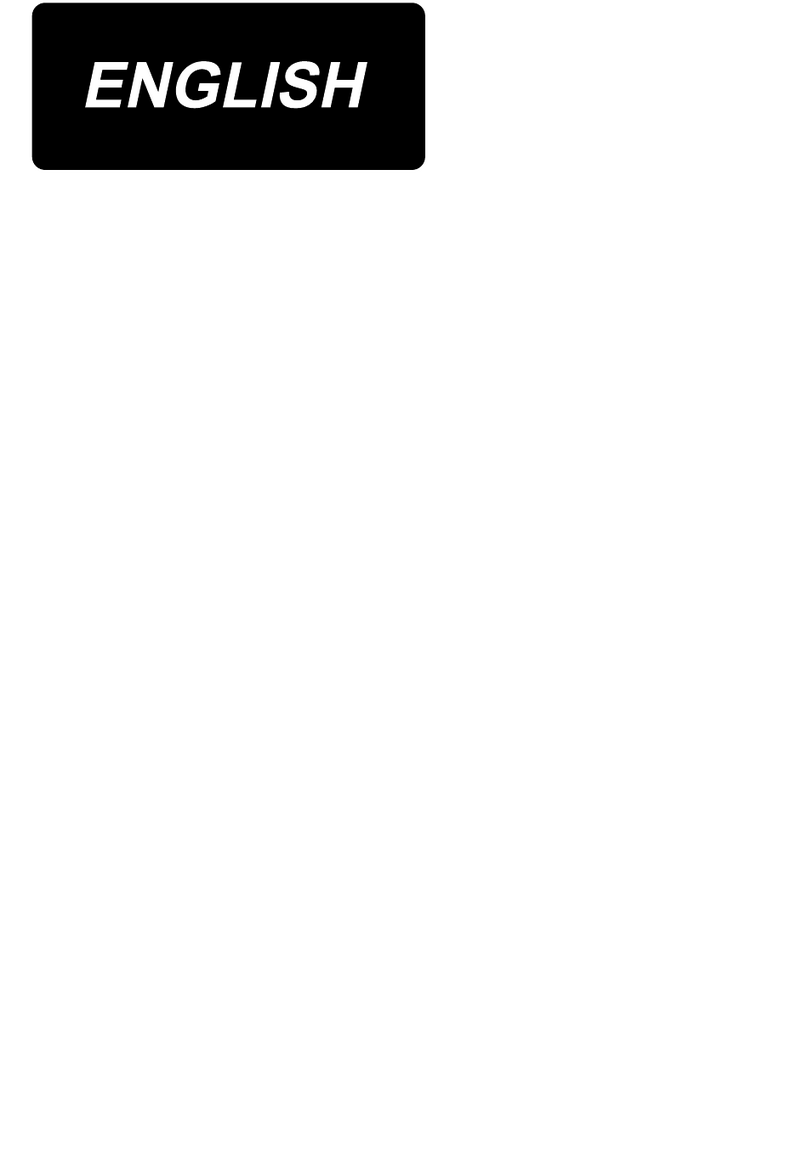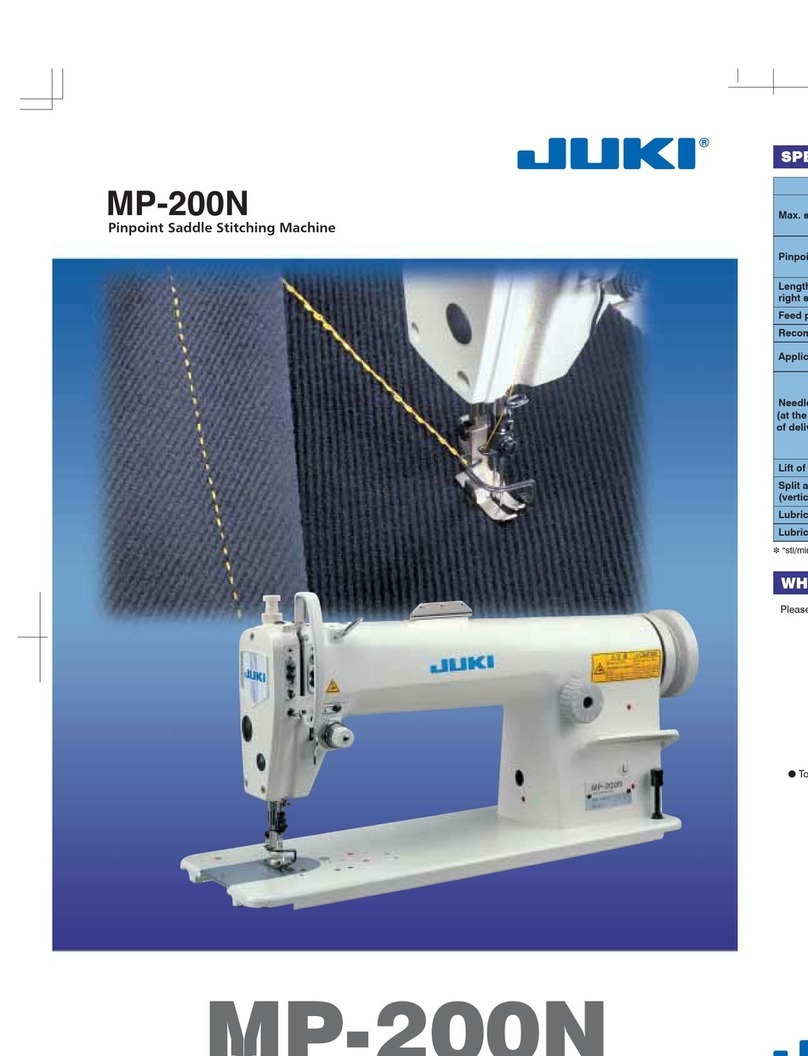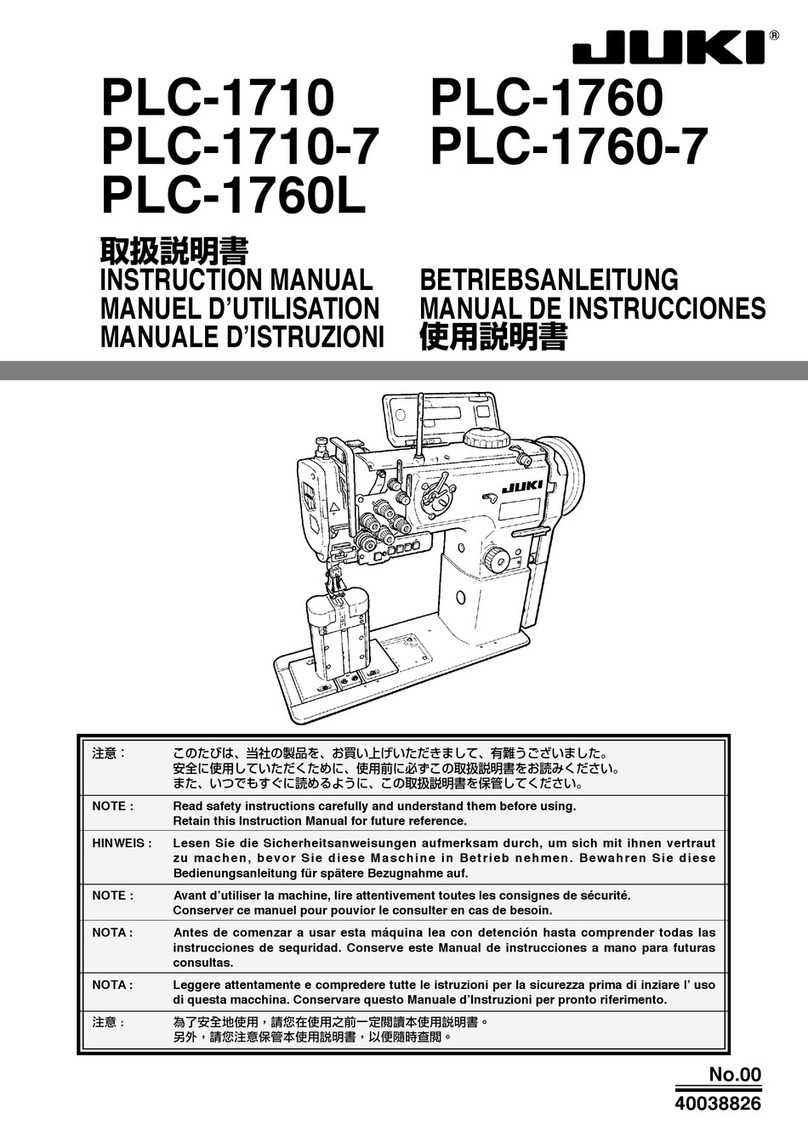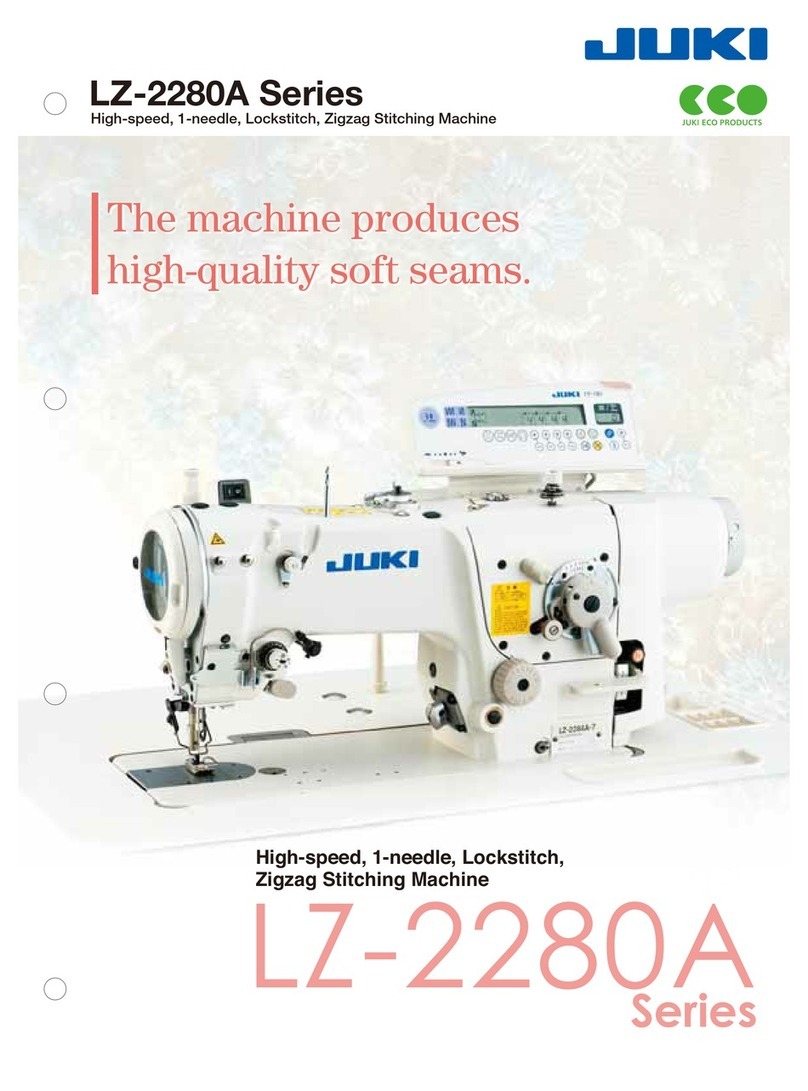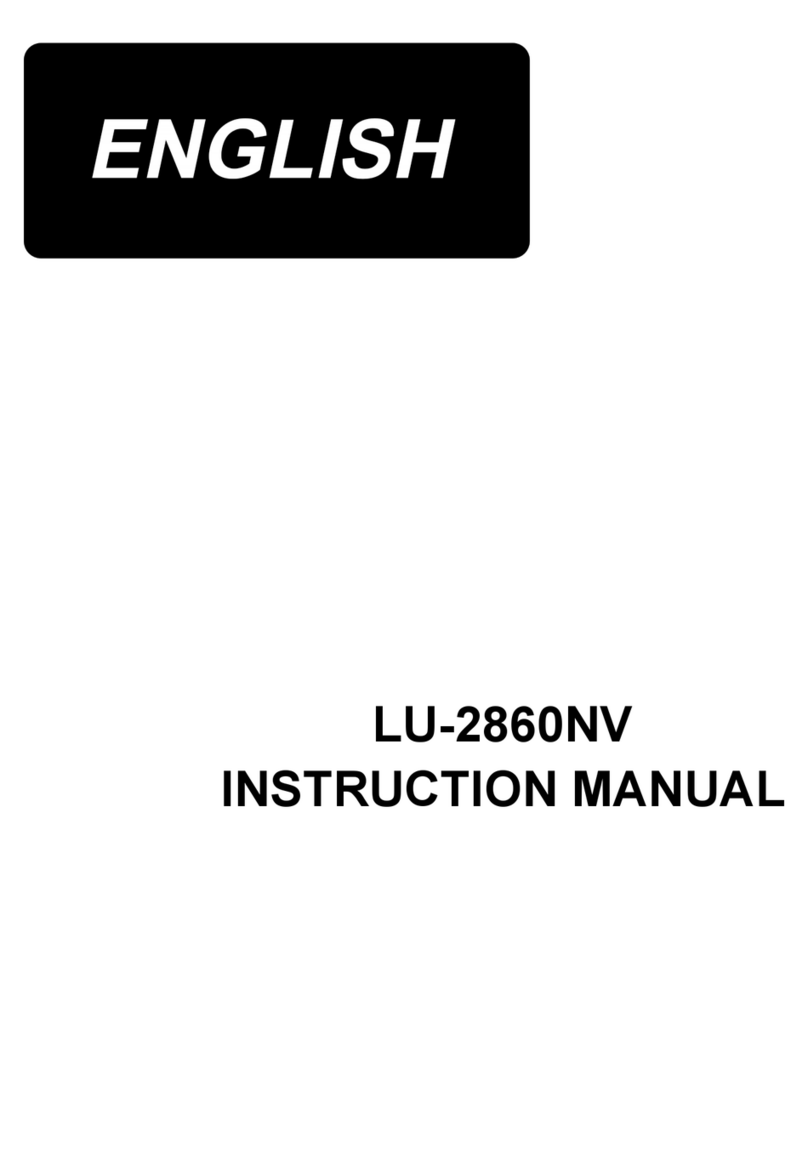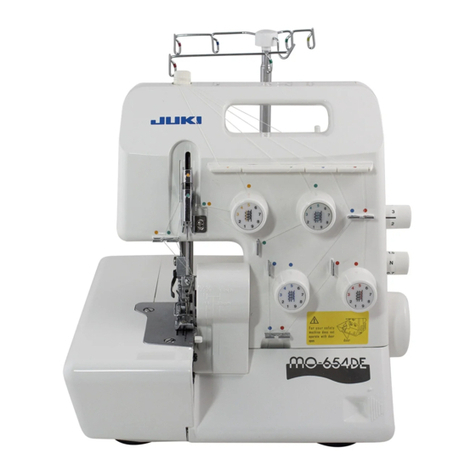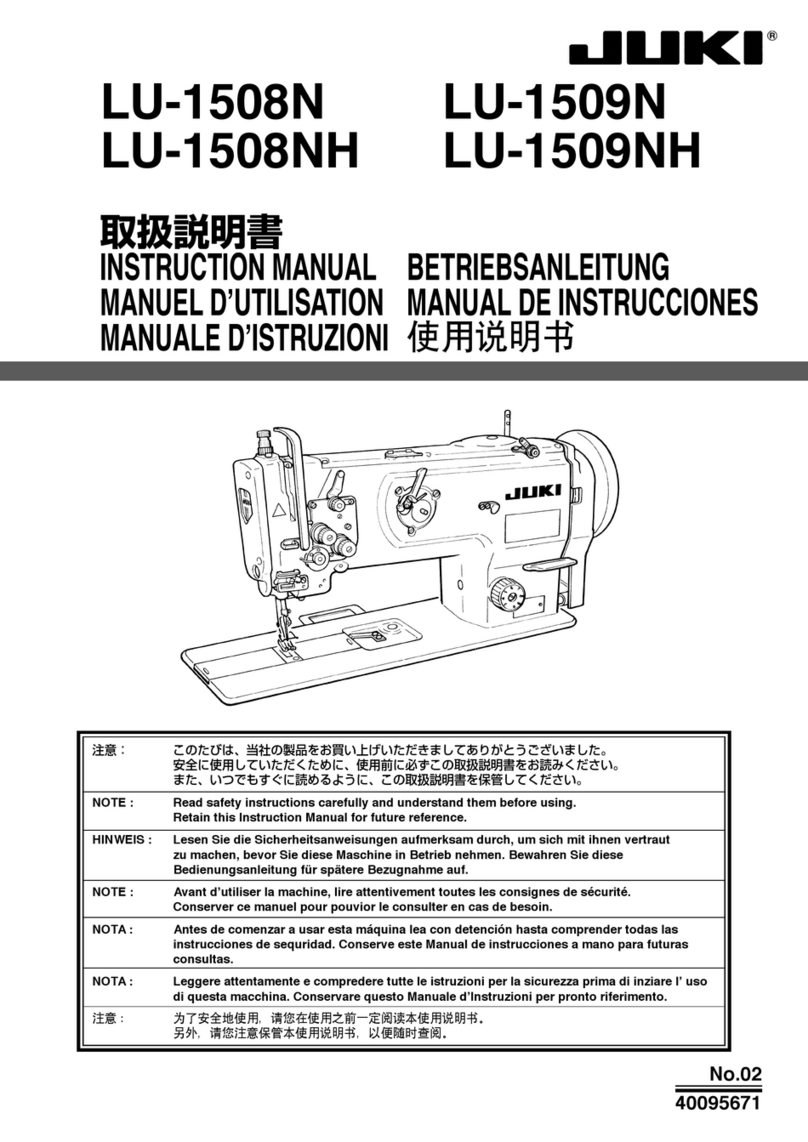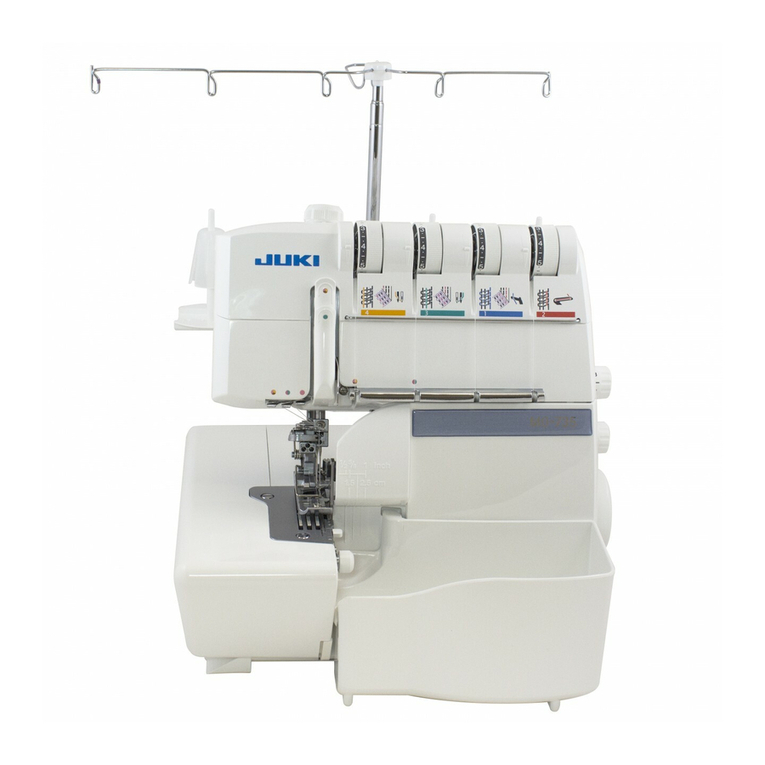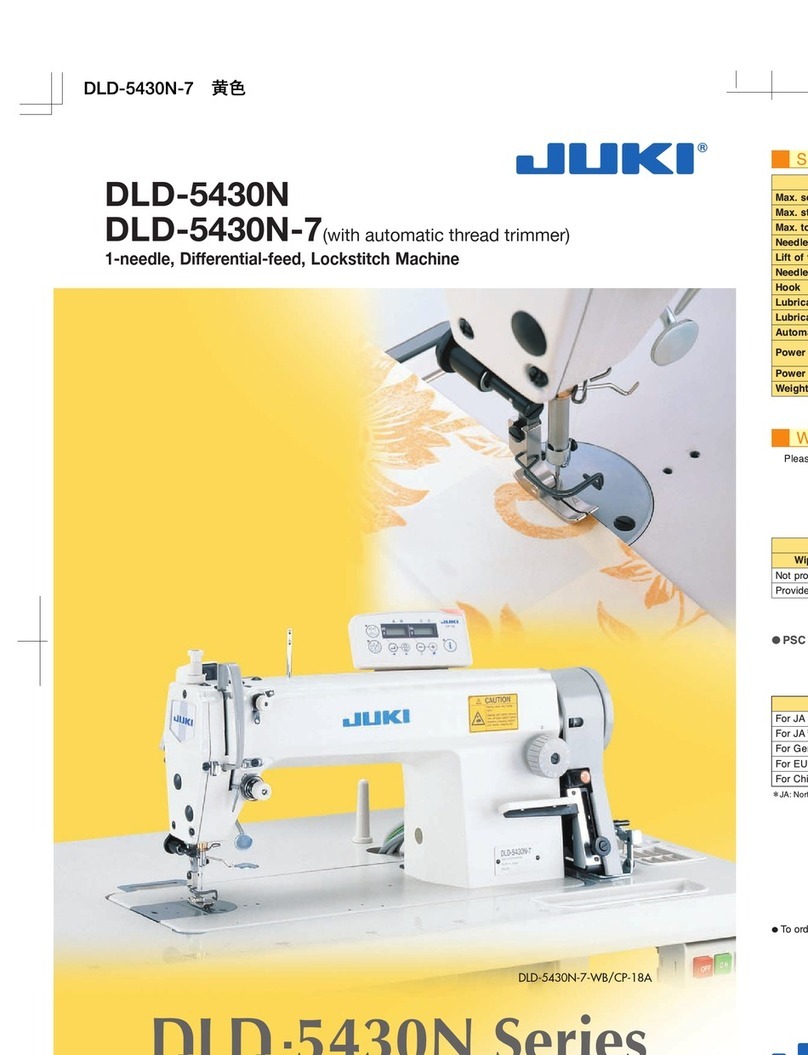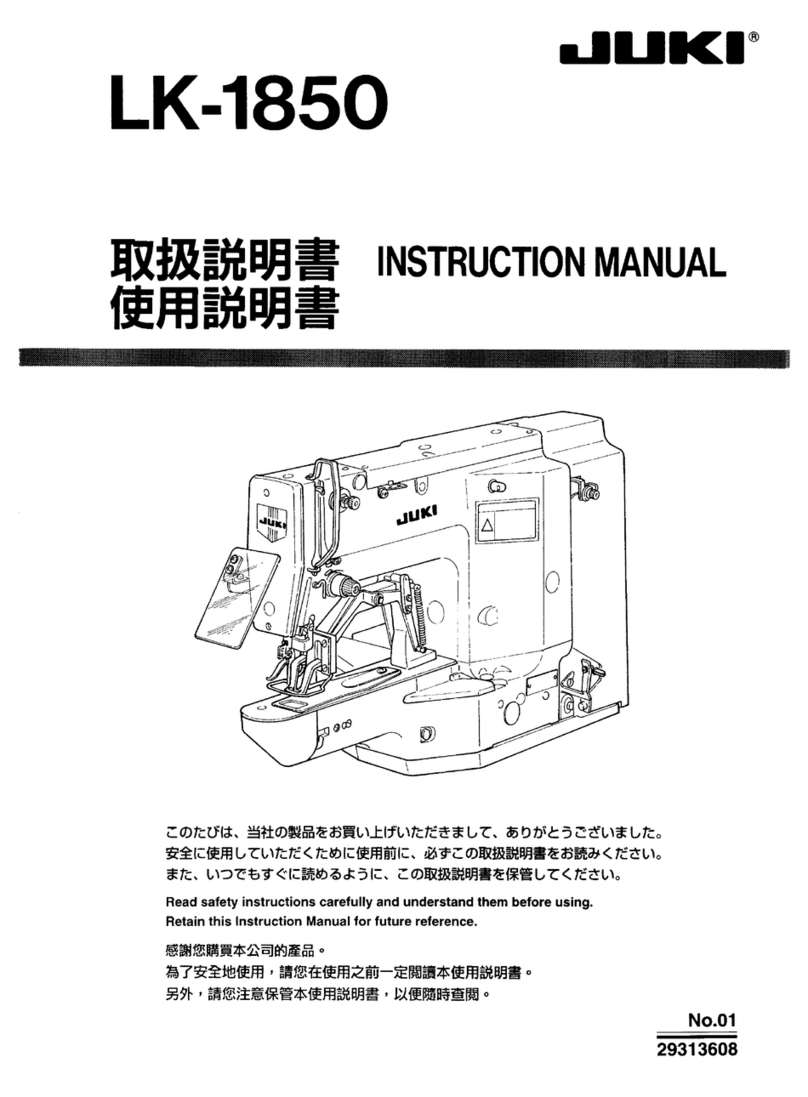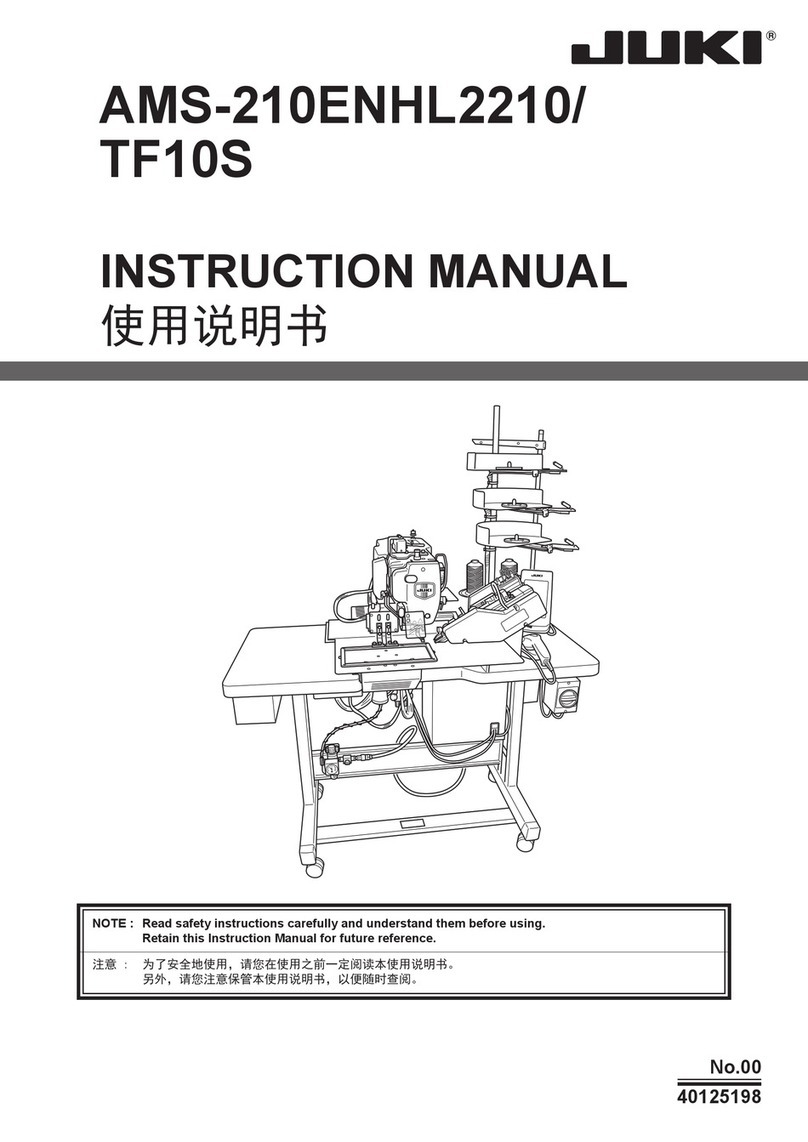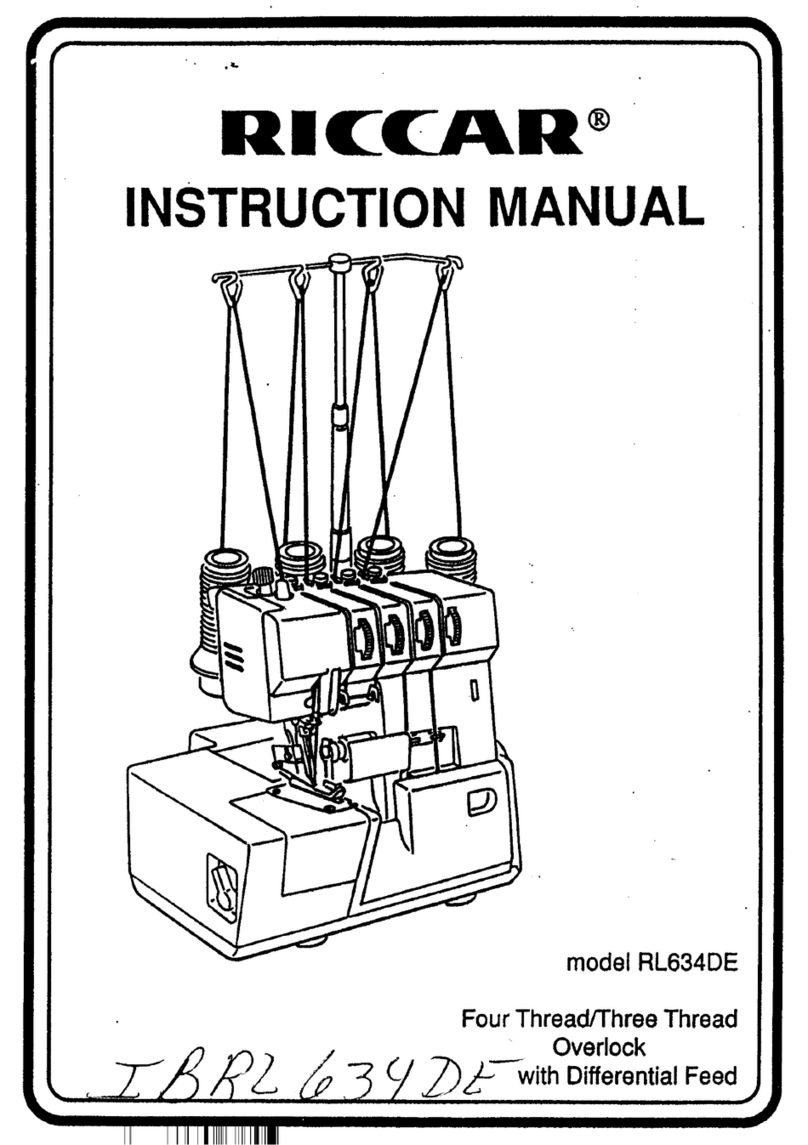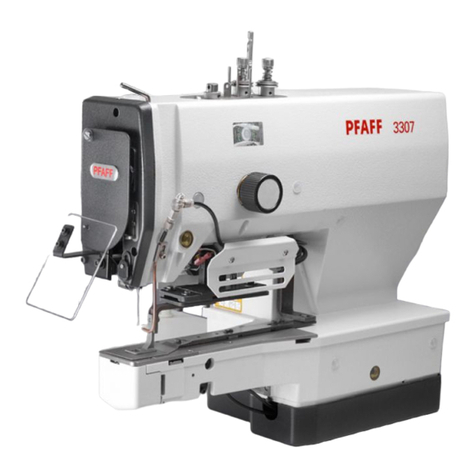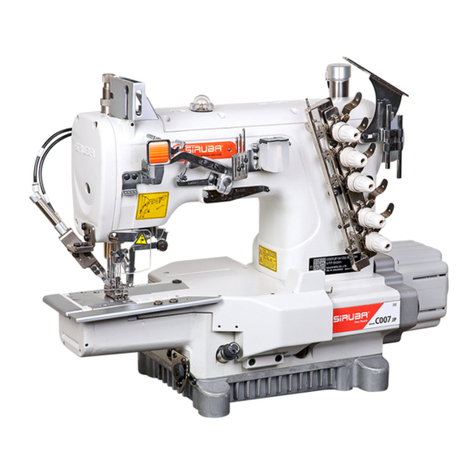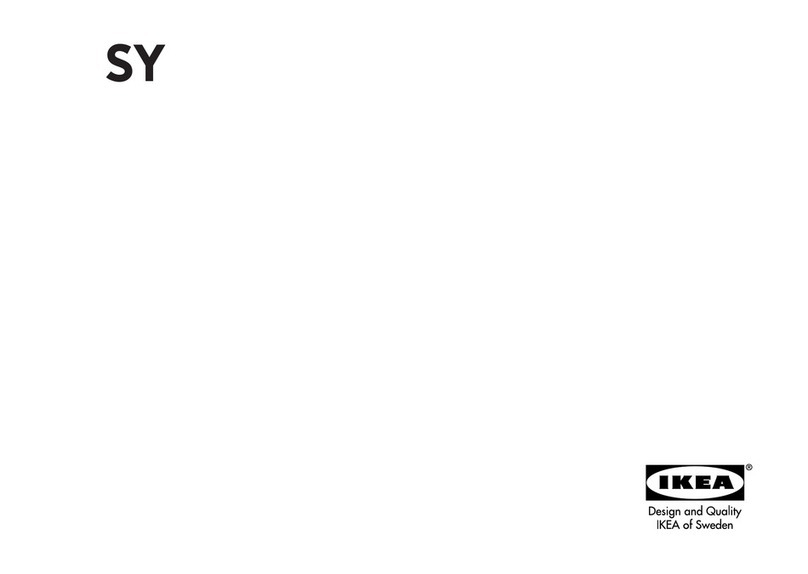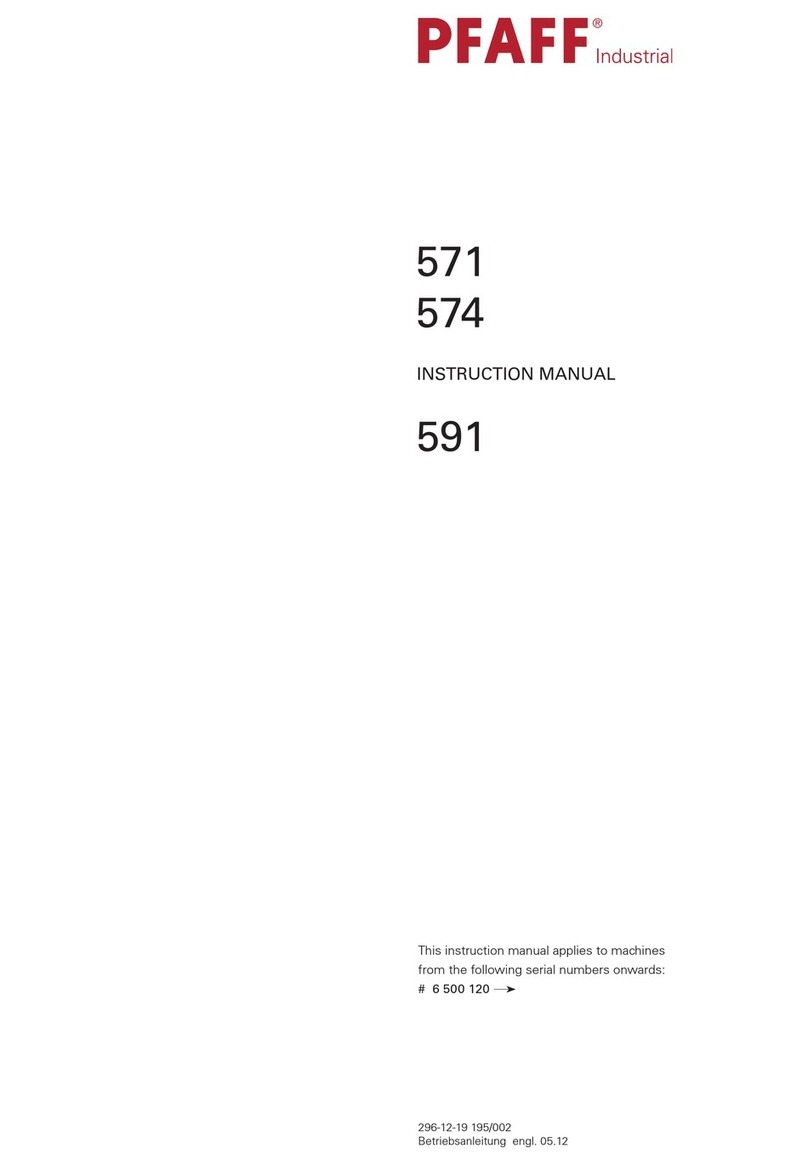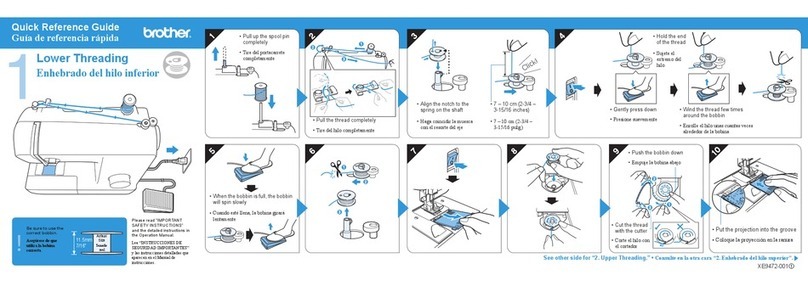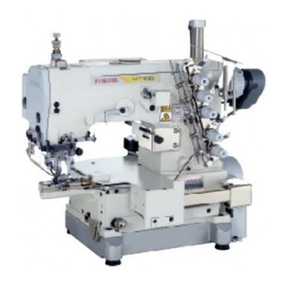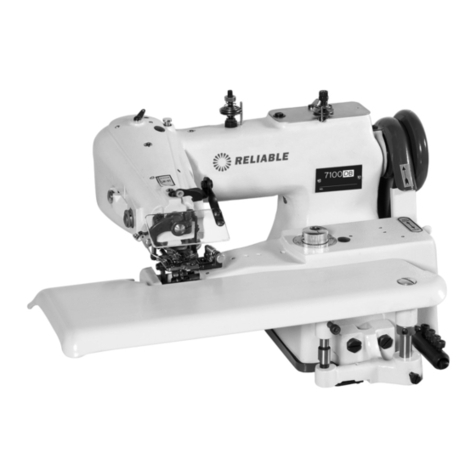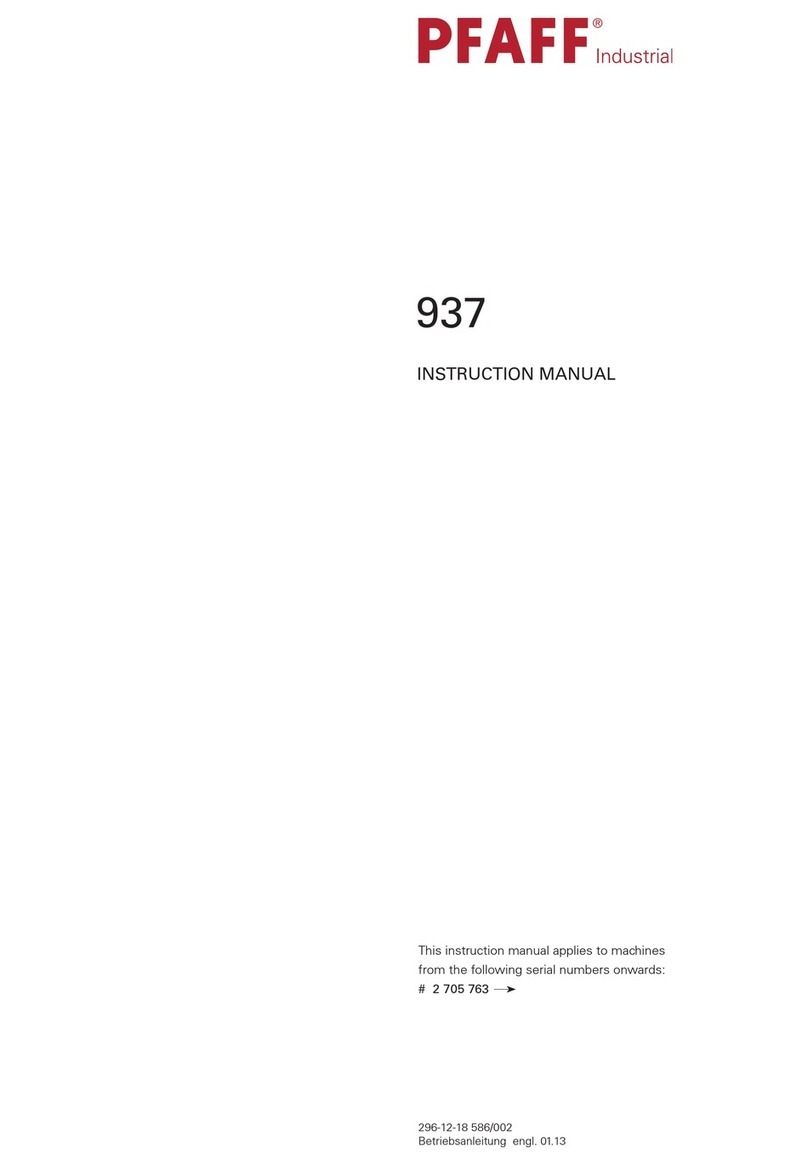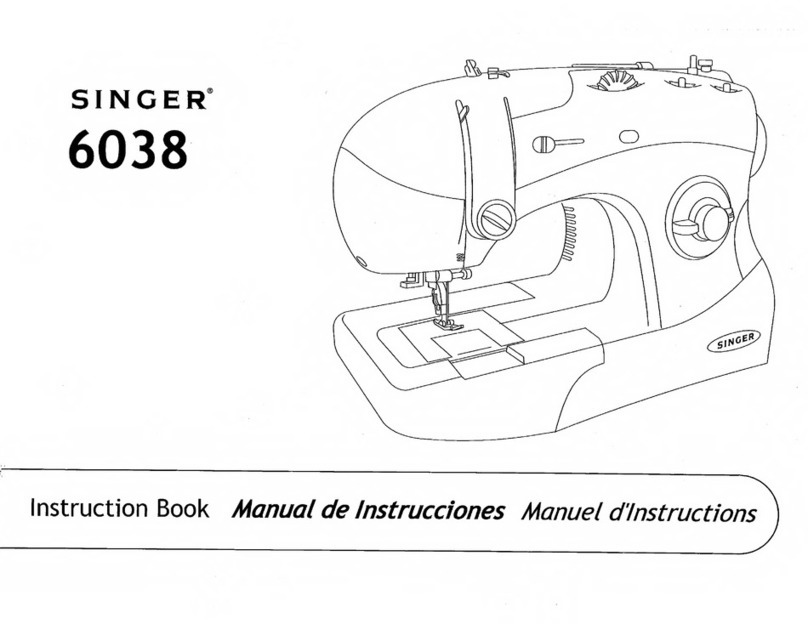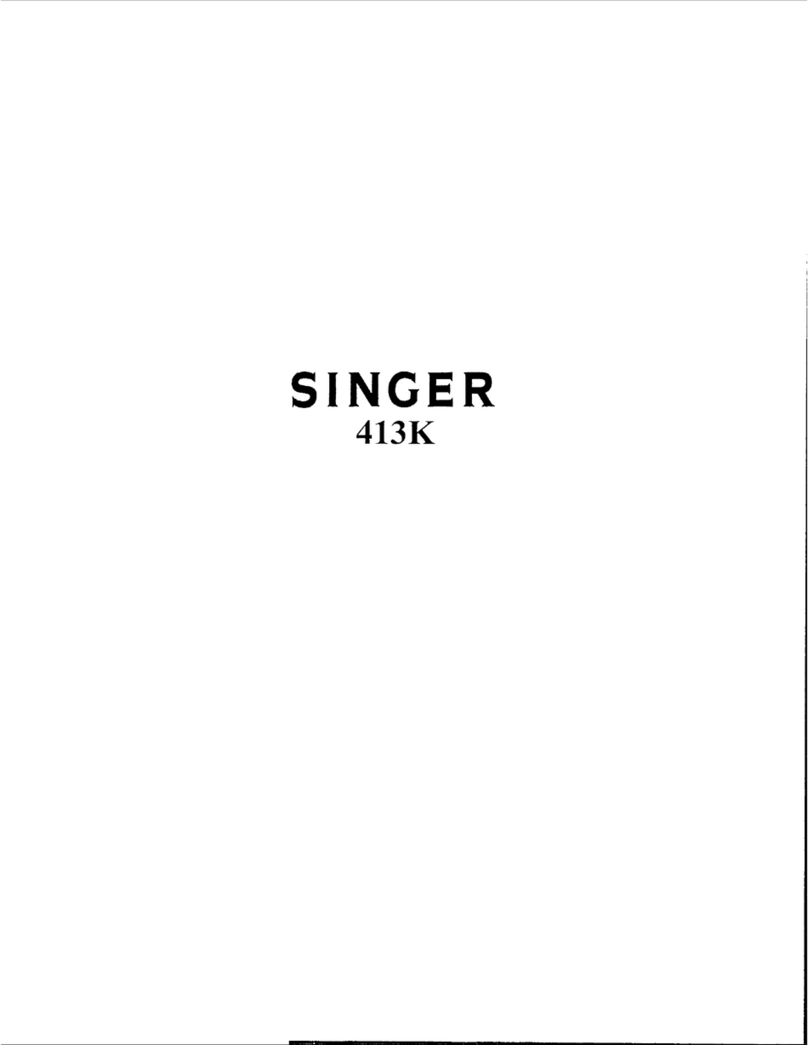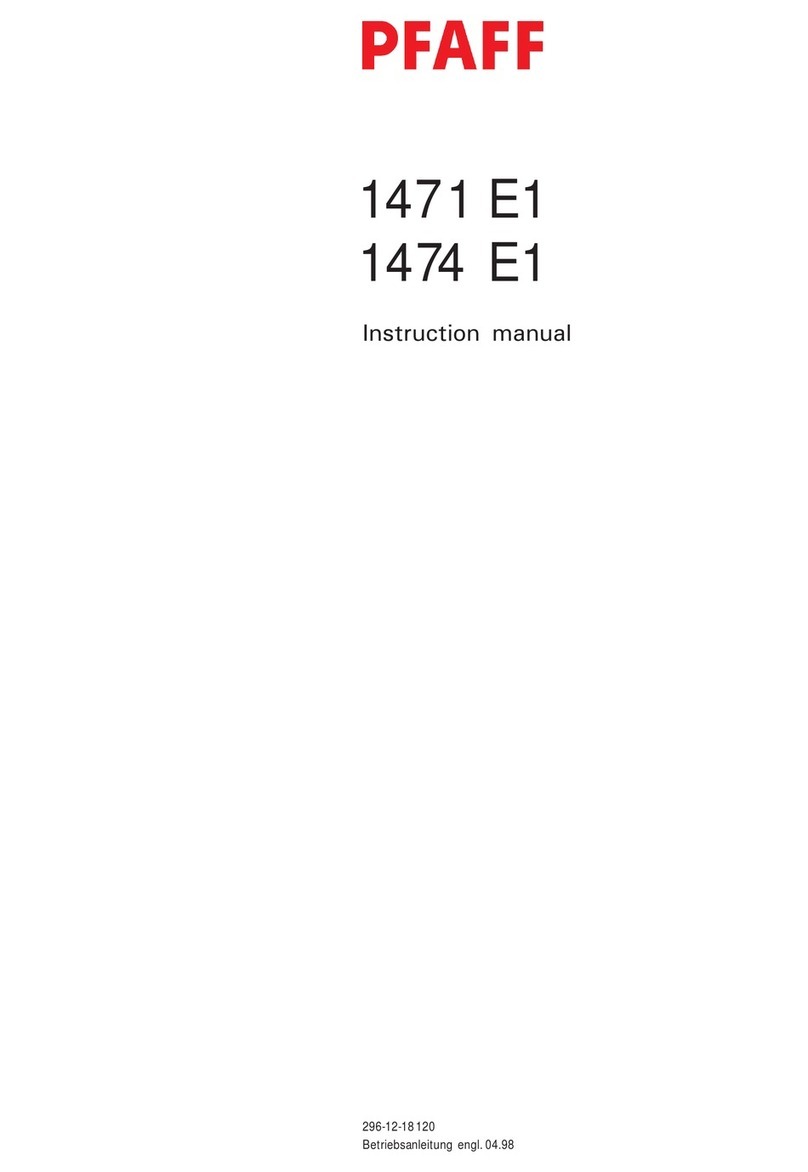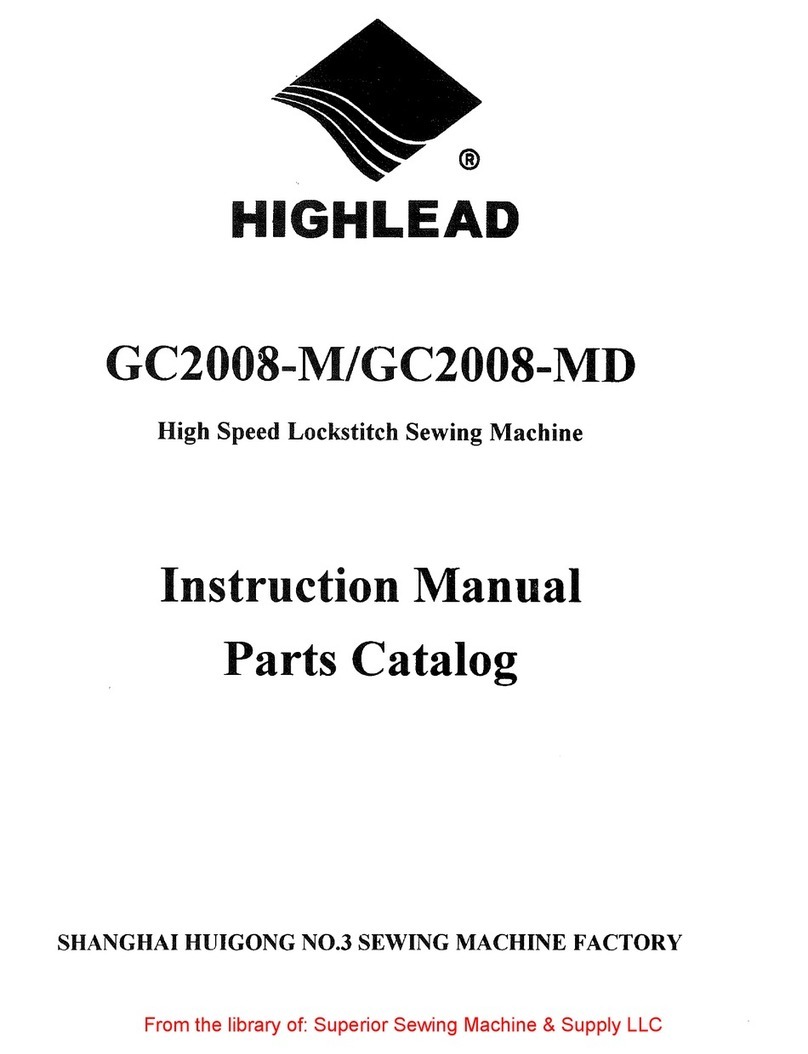(2) In caseof a versionwith AK-31,AK-34
The pedalisoperated in the
following
fivesteps:
High
speed
Low
speed
Stop
Presser
foot
lifting
Thread
trimming
@
High
speed
Low
speed
Stop
(neutral)
Presser
foot
lifting
Thread
trimming
o The
sewing
machine
startsat low
speed
whenthe front part of the pedalislightly
depressed,
o The
sewing
speed
changes
from
lowto highwhenthe front part of the pedalis further
depressed.
(However,
if the
automatic
reverse
feed
stitching
switch
has
been
set,the
sewing
speed
will
not
change
to
highuntil
reverse
feed stitching iscompleted.)
o
When
the pedalis returned to the neutral(stop) position,the
machine
stopswith its needledown,
o
When
the backpart of the
pedal
islightly
depressed,
the
presser
foot
will
goup.
o
When
the backpart of the pedalisfurther depressed, the presser foot comesdown,thread trimmeris
actuated, and the machine stops with its needle up.
(If the wiperswitchhas been set to ON, the wiperis actuated.)
o
Between
the lowandhigh
sewing
speedpositions, the
machine
runsat a speedcorresponding to the pedal
depressionamount. (The speed is infinitely variable.)
o The proper thread trimmingaction willnot be disturbed evenif the pedal is returned to the neutral
position immediatelyafter the machinestarts thread trimming.
At this time, the thread trimmerproperlyoperates
even
if the front part of the pedalisdepressed,
however,
the safetycircuitryisput in operationso that the
machine
will
not mn after thread
trimming
iscompleted.
Therefore, the pedal must be returned to the neutral position once.
2-3.
SC-20
Power
Indicator
Box
1) Power indicator LED
o Lights up when the power switch is turned ON.
o This light stays ON for a while after the power is turned OFF. It is dangerousto carry out maintenance or
adjustment with the PSC box cover open. Be sure that the LED is OFF before starting maintenance such as
part replacement.
SC-
2 0
- 6 -


